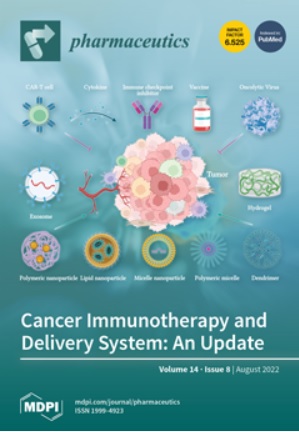Due to the rapidly increasing problem of antibiotic resistance in recent years, the use of phthalocyanines as photosensitizers with their superior properties in photodynamic antimicrobial therapy (PACT) applications has become important. In this study, magnesium(II) 1,4,8,11,15,18,22,25-octakis(4-[4-butoxycarbonylphenoxy]butyloxy)phthalocyanine was used in the demetalation reaction in trifluoroacetic acid, and subsequently subjected to metalation reaction in dimethylformamide with zinc(II) acetate and bis(benzonitrile)palladium(II) chloride towards zinc(II) and palladium(II) derivatives. Three phthalocyanines, including a demetalated one as well as two metalated, in the core with zinc(II) and palladium(II) were characterized using 1D and 2D NMR spectroscopy and mass spectrometry. In addition, all macrocycles were subjected to absorption and emission studies as well as photostability tests. In a photochemical study, zinc(II) and palladium(II) phthalocyanine complexes appeared to be efficient singlet oxygen generators. There were noted quantum yields of singlet oxygen generation for zinc(II) phthalocyanine derivative in DMF and DMSO at 0.55 and 0.72, whereas for palladium(II) complex at 0.73 and 0.77, respectively. Liposomal formulations of phthalocyanine derivatives were prepared, and their activity was evaluated against a broad spectrum of antibiotic-resistant microorganisms, such as methicillin-resistant Staphylococcus aureus (MRSA), Escherichia coli (ESBL+), Candida albicans resistant to fluconazole, C. auris, and against dermatophytes. Phthalocyanine palladium(II) complex showed the highest bactericidal activity against all antibiotic-resistant microorganisms, including reducing C. auris growth at 3.54 log.

